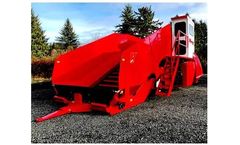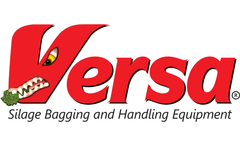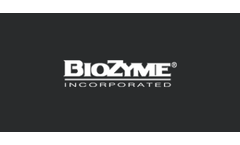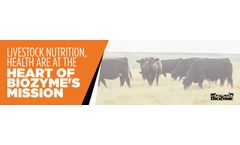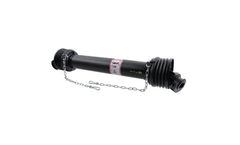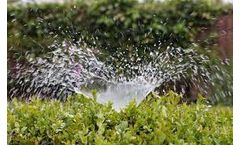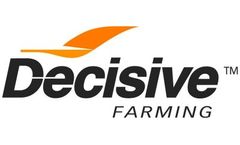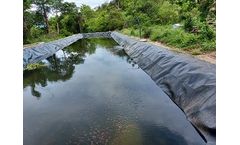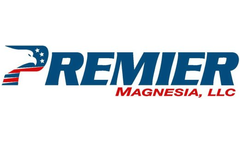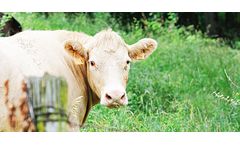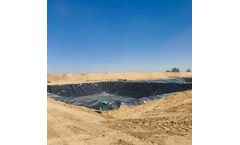Refine by
Forage Articles & Analysis: Older
169 articles found
Cattlemen are increasingly turning to bagged silage for flexible feed management. The most fundamental beef cow feeding strategy remains the use of pasture, which is considered the lowest-cost feed resource. Therefore, many cattle operations aim to maximize pasture time annually to benefit from labor, manure management, physical activity, and nutrition advantages. ...
Compared to hay production, silage increases the potential yield of nutrients from available land, decreases feed costs, lowers harvest losses, and often increases forage quality. However, maximizing the benefits of silage depends on the proper packing of fodder crops stored in airtight conditions to prevent spoilage and increase nutrient value. ...
As a cost saving alternative to dry grain supplementation, bagged snaplage/earlage offers high energy content and easy digestibility Dietary supplementation with dry grains has traditionally been utilized as an economical way to meet the high energy demands of the herd, particularly when forage is scarce or of low quality. However, dairy farmers are increasingly turning to high ...
Although we know that most of our customers conduct forage testing for protein and other nutritional components, it is also important to test for moisture. ...
Livestock nutrition is a big business. At BioZyme® Inc., we know that good nutrition is also the cornerstone of a good health protocol. Nutrition and health work synergistically. It’s fairly well-known that 70% of the immune response occurs in the digestive system. A healthy immune response leads to a healthy animal. That is one reason that BioZyme places such an emphasis on digestive ...
Its thermal insulating properties reduce litter surface temperatures, providing a cooler and more comfortable environment for birds to rest and forage. By mitigating heat stress, bamboo biochar supports optimal poultry performance and welfare.Nutritional Supplement and Toxin Binding Bamboo biochar serves as a valuable nutritional supplement for poultry diets, providing essential ...
Why is it important to have a high-quality feed? The quality of ruminant feed is directly linked with milk production, animal health, as well as farm performance. As feed costs represent a significant number of the total production costs, it is crucial to ensure feed nutritional values and quality throughout the whole year. Therefore, the intake of superior quality TMR and silages can help to ...
Tilling The 1 Series shaft is able to be used in conjunction with tillers' rotary and other equipment for soil cultivation to make planting beds, and to loosen soil to prepare for planting. 3. Hay and forage shaft - 1 Series shaft may serve as a power source for balers, hayrakes, and other equipment for harvesting and processing hay. 4. ...
We formulated a chicken feed diet with Hermet Protein for Poultry as added inclusion to observe if our diet improves the health, growth, and mortality of the chicks. Our preliminary observations reported chicks loving the insect-included diet, with steady growth rates, lower mortality rate as well as better appearance of feathers. Using Hermet Protein for Poultry also allows a reduction of ...
Cattle cubes are rich in vitamins, minerals, protein, and vitamins that cows sometimes don't get from their forage. Cattle cubes are available in a variety of sizes to make it easier for cattle to consume them. ...
Insect pheromones are compounds used to express various information such as aggregation, foraging, mating, and vigilance. Insect pheromones exist in insects in nature, and all insects produce and recognize pheromones. ...
As well, harvesting local traditional foods is becoming a challenging activity due to climate and migration shifts, and the increased risks associated with travelling further distances to hunt, fish and forage. Though food security challenges emerged with the rising global temperatures, there are also opportunities to adapt to changes occurring in the northern environment. ...
Abstract California has become the leading dairy products producing state in the USA. This has resulted in farms commonly milking several thousand cows per day. The care and feeding of the animals has produced large waste streams commonly collected and stored in lagoons. Environmentally safe handling and reuse of the lagooned wastewater is the objective of this study. A system of Subsurface Drip ...
Alfalfa grown for forage is a major crop in many areas of the western United States. In the arid and semi–arid west, irrigation is required to obtain economic alfalfa yields. ...
Together, they run a 3,000 acre farm in Alberta’s Peace Country, east of Manning, where they grow canola, wheat, peas, oats and some forage grasses for ...
The bottom of the pond is in the shape of a turtle’s back, and the entire bottom of the pond is inclined towards the water outlet, which is conducive to drainage and fishing. The pond should be wide open. Forage grass is best planted on the pond ridge. Tall trees should not be planted to avoid blocking the sun and wind. ...
The banana and papaya crops were selected on the basis of marketability, the bermuda grass turf for use in landscape applications and giant bermuda grass as a cattle forage crop. Approximately 120,000 liters per day is expected to be required for irrigating the project site during the peak utilization month of August. ...
Another study with early lactation cows found that the forage source can affect mineral absorption (Khorasani, et al, 1997). ...
Magnesium (Mg) is an essential mineral for dairy cattle. Many forages are deficient and excessive amounts of other minerals, especially potassium (K), can interfere with Mg utilization, resulting in a greater Mg deficiency. While grains and oilseeds contain more Mg than most forages, the total ration still can be deficient. Most dairy nutritionists recommend ...
The bottom of the pond should be shaped like a turtle's back, sloping toward the outlet for drainage and fishing, and the surrounding area should be open enough to plant forage grass, but no trees. Step2:Choose the place where the sun shines 4-6 hours a day is more appropriate; Step3:With lime or flour, draw the shape and size of the pool, along with the shape of the painted ...

